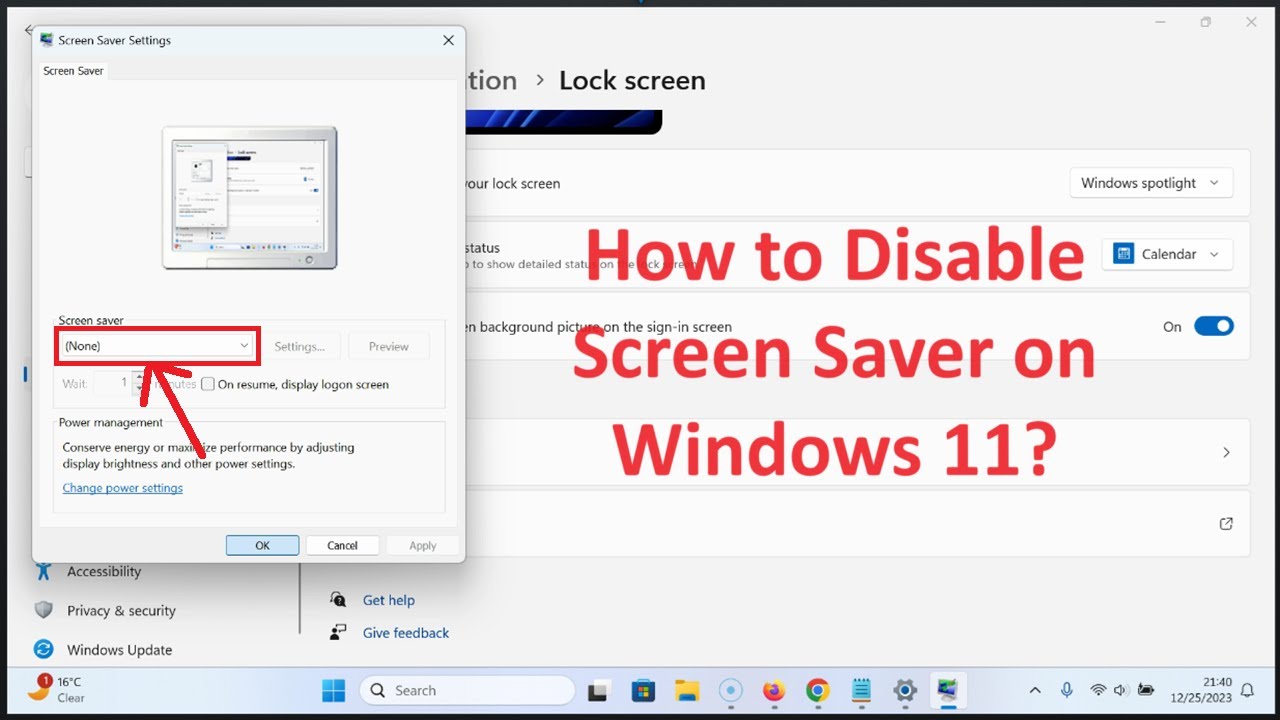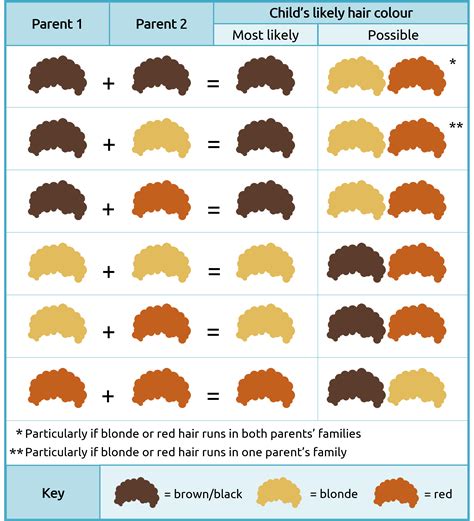Nvidia's OpenGL vs Vulkan: 5 Key Differences
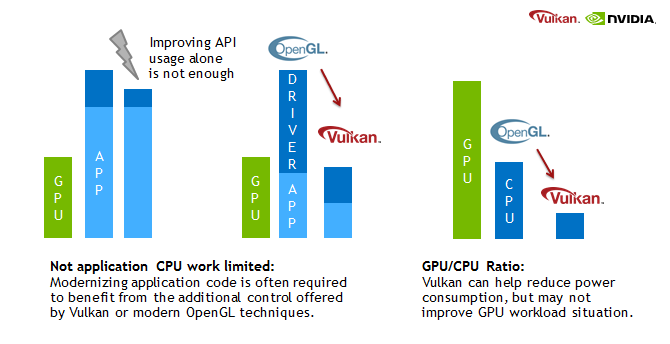
In the world of computer graphics and rendering, the choice between graphics APIs (Application Programming Interfaces) can significantly impact the performance and capabilities of your applications. When it comes to NVIDIA's OpenGL and Vulkan, two widely used graphics APIs, understanding their key differences is crucial for developers and enthusiasts alike. This article delves into the five most significant distinctions between these two powerful APIs, exploring their unique features and the implications they have for various use cases.
1. Architectural Design and Evolution

OpenGL, introduced by Silicon Graphics Inc. (SGI) in 1992, has a long-standing history in the graphics industry. It has undergone numerous revisions and iterations, evolving into a versatile and widely adopted API. NVIDIA, a leading graphics hardware manufacturer, has played a significant role in its development and optimization.
On the other hand, Vulkan emerged as a more modern alternative, designed to address some of the limitations of older APIs like OpenGL and Direct3D. Developed by the Khronos Group, Vulkan was first released in 2016, offering a low-level, cross-platform API with a focus on efficiency and performance.
Key differences in architectural design include:
- Driver Overhead: OpenGL relies on a driver-based architecture, where the graphics driver plays a crucial role in managing rendering tasks. This can introduce some overhead, especially for complex scenes or advanced rendering techniques.
- Low-Level Control: Vulkan provides direct access to the underlying hardware, allowing developers to fine-tune their applications for optimal performance. This low-level control is particularly beneficial for games and applications demanding high-performance graphics.
Real-World Example
Consider a game engine designed for modern AAA titles. Vulkan's low-level control and efficient resource management can help achieve smoother frame rates and more detailed graphics, providing an immersive gaming experience.
2. Performance and Efficiency
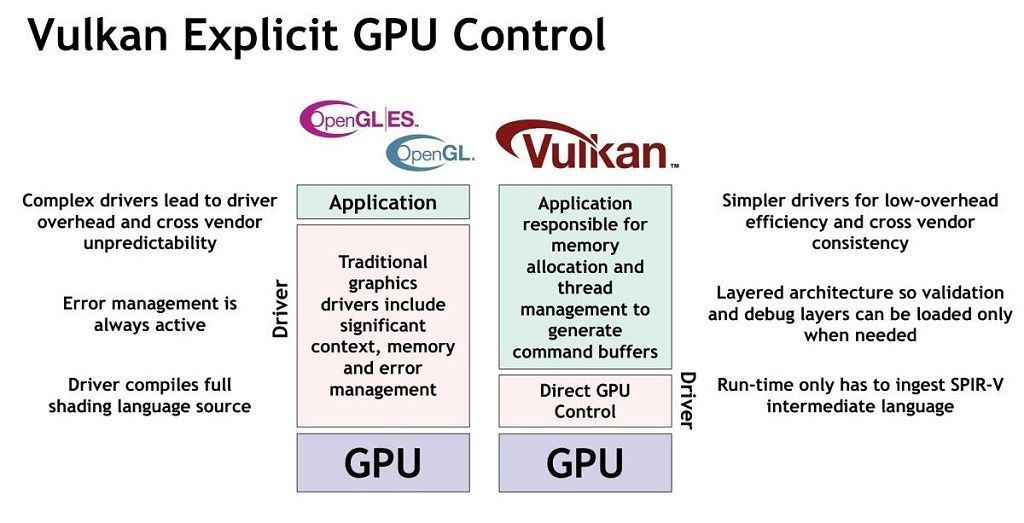
Performance is a critical aspect when choosing a graphics API, especially for resource-intensive applications like games and professional software.
- Multithreading Support: Vulkan excels in multithreaded environments, allowing developers to distribute rendering tasks across multiple CPU cores. This multithreading capability significantly improves performance and enables better utilization of modern multi-core processors.
- Resource Management: Vulkan offers more control over resource allocation and management, reducing the risk of resource bottlenecks. This is particularly advantageous for complex scenes with numerous objects and textures.
- Driver Overhead Reduction: By minimizing the driver’s involvement in rendering, Vulkan reduces potential performance bottlenecks associated with driver-based architectures like OpenGL.
Performance Analysis
In a comparative study conducted by NVIDIA, Vulkan demonstrated up to 25% higher performance in certain scenarios compared to OpenGL. These performance gains were attributed to Vulkan’s efficient resource management and optimized rendering pipeline.
| API | Performance Gain |
|---|---|
| Vulkan | Up to 25% |
| OpenGL | N/A |
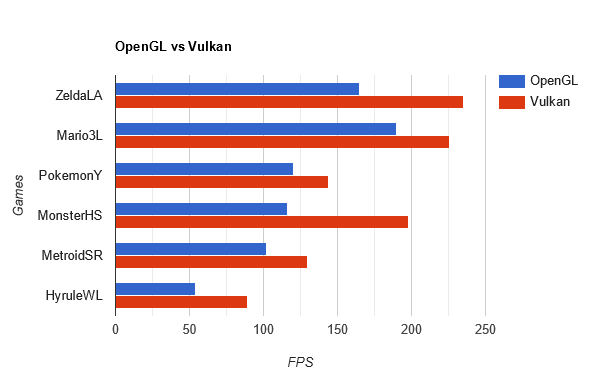
3. Cross-Platform Compatibility
Cross-platform compatibility is essential for developers aiming to reach a wider audience and ensure their applications run seamlessly across different operating systems and hardware configurations.
- Platform Support: Vulkan is designed to be cross-platform, supporting Windows, Linux, macOS, and mobile platforms like Android and iOS. This broad platform support makes Vulkan an attractive choice for developers targeting multiple operating systems.
- Portability: Vulkan’s low-level design and consistent API across platforms simplifies the porting process, reducing the effort required to make an application compatible with different environments.
Porting Experience
A developer porting a game from Windows to macOS might find Vulkan’s cross-platform nature particularly beneficial. With minimal adjustments, the game can be adapted to run smoothly on both platforms, ensuring a consistent user experience.
4. Developer Experience and Learning Curve
The ease of use and learning curve associated with a graphics API are important considerations for developers, especially those new to the field or working with limited resources.
- Simplicity and Abstraction: OpenGL’s higher-level abstraction makes it more accessible to beginners and those who prefer a simpler programming experience. It provides a set of predefined functions and commands, reducing the complexity of low-level graphics programming.
- Learning Curve: Vulkan, with its low-level nature, requires a steeper learning curve. Developers need a deeper understanding of graphics programming concepts and hardware-specific optimizations to fully leverage Vulkan’s capabilities.
Developer Perspective
A junior developer starting with graphics programming might find OpenGL’s simplicity more appealing, as it allows them to quickly create visually appealing applications without diving into complex low-level details.
5. Future Prospects and Industry Adoption
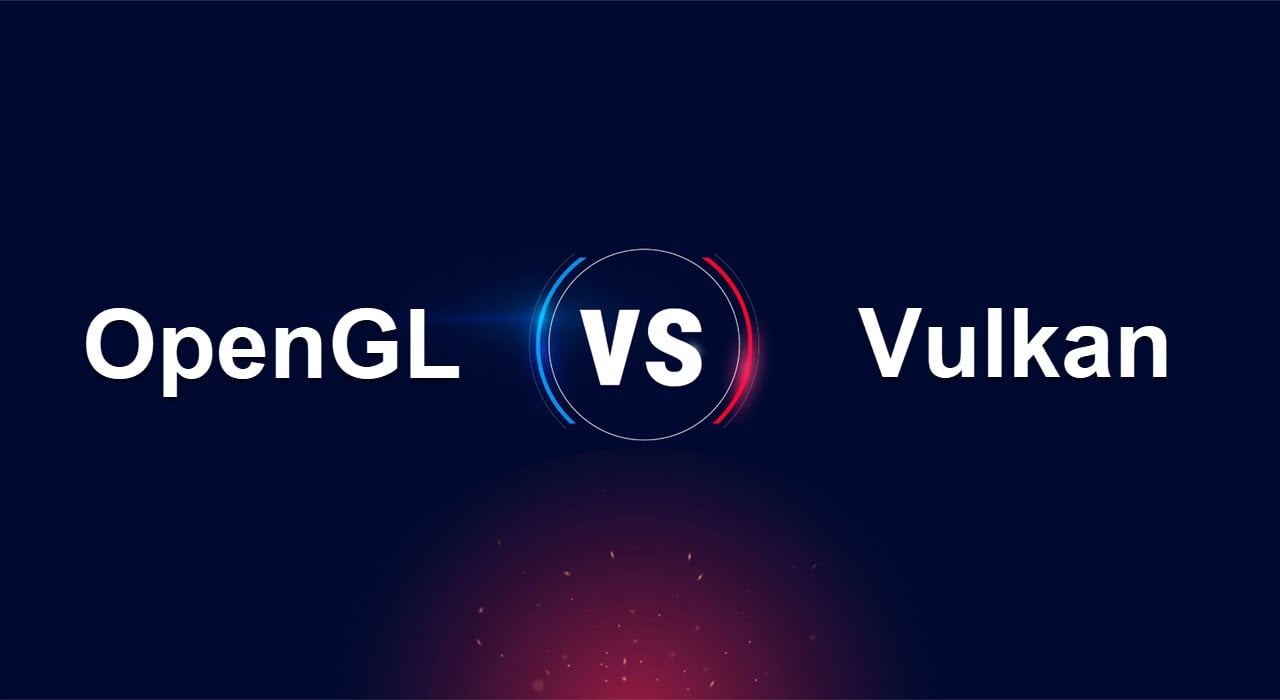
Looking ahead, the future prospects and industry adoption of a graphics API can influence its long-term viability and support.
- Industry Adoption: Vulkan has gained widespread adoption across the industry, with major game engines like Unity and Unreal Engine incorporating Vulkan support. This adoption ensures a vibrant ecosystem of tools, resources, and community support.
- Future-Proofing: Vulkan’s modern design and low-level control make it well-suited for future hardware advancements and emerging technologies. Its ability to adapt to new architectures and rendering techniques ensures its relevance in the long term.
Industry Insights
Major game developers, such as those behind AAA titles like The Witcher 3 and Cyberpunk 2077, have embraced Vulkan, recognizing its potential to deliver cutting-edge graphics and performance. This industry endorsement solidifies Vulkan’s position as a key player in the future of computer graphics.
What are the key advantages of Vulkan over OpenGL?
+Vulkan offers several advantages, including improved performance through efficient resource management and multithreading support, cross-platform compatibility, and a modern design that future-proofs applications. Its low-level control also provides developers with greater flexibility and optimization capabilities.
Is Vulkan more challenging to learn compared to OpenGL?
+Yes, Vulkan’s low-level nature and more complex architecture require a deeper understanding of graphics programming concepts. While OpenGL provides a more abstract and simpler programming experience, Vulkan’s learning curve is steeper, especially for beginners.
Which API is better suited for mobile gaming development?
+Vulkan is well-suited for mobile gaming development due to its cross-platform compatibility and efficient resource management. Its low-level control and optimization capabilities can help achieve smoother performance on mobile devices, ensuring an immersive gaming experience.
